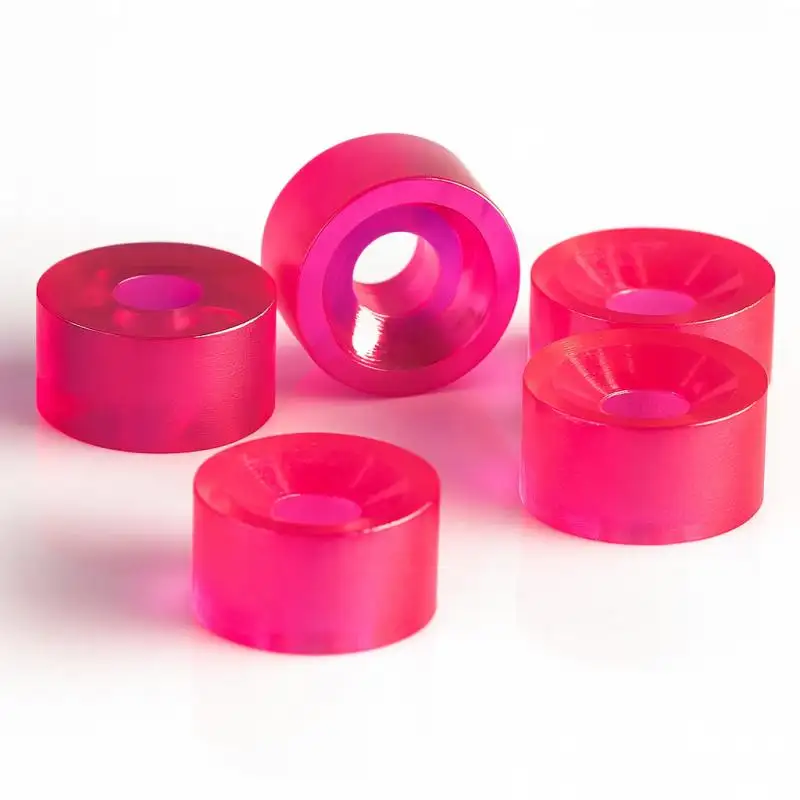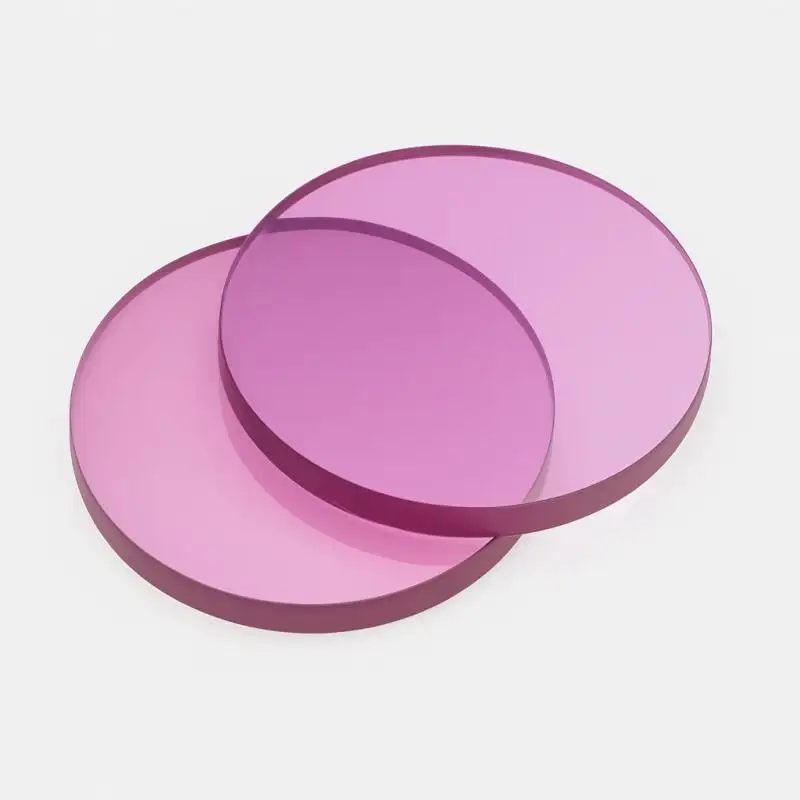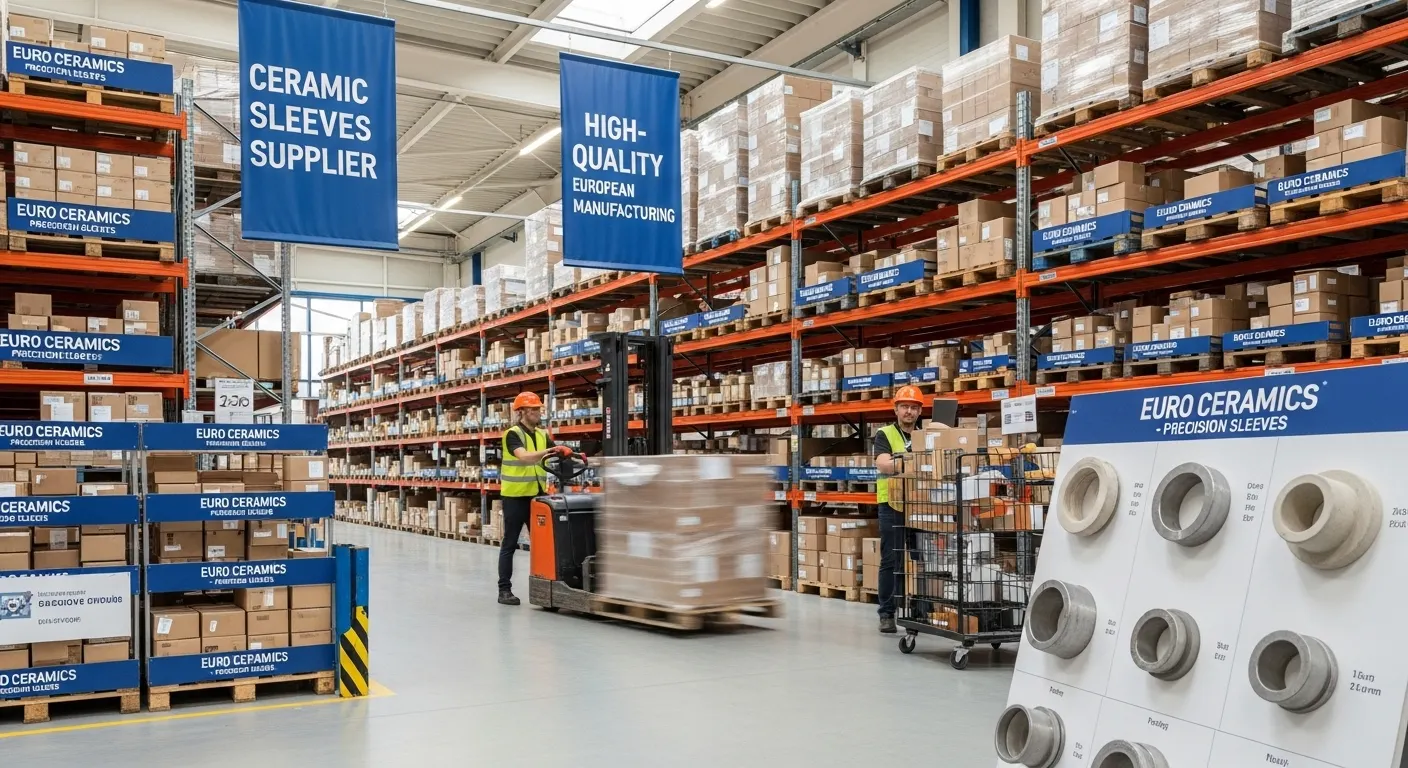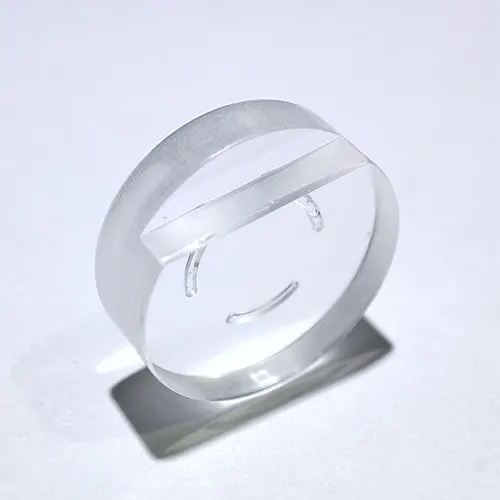Industrial Ruby Ceramic Parts for Ultra-Stable High-Speed Machinery
Industrial Ruby Ceramic Parts power ultra-stable, high-speed machinery when metal and polymers fall short. They are chromium-doped alumina single crystals with extreme hardness, heat resistance, and chemical inertness. In simple terms: tiny parts that stay smooth, strong, and precise under brutal loads. You'll find them in bearings, guide bushings, nozzles, and sensor windows. They support electronics assembly, laser systems, aerospace test rigs, and clean medical production. They also protect optical paths where clarity matters at speed. Why do these parts last longer, run cleaner, and hold tolerances when others fail? And what hidden gains do they unlock on your line? Let's see.

What Makes Industrial Ruby Ceramic Parts Hold Steady At Speed
When a spindle or pick-and-place head runs into the tens of thousands of RPM, small problems stop being small. Micro-vibrations creep into tolerances, heat accelerates wear, and lubrication films thin out. Steel can gall or oxidize. Polymers soften or swell. The end result is familiar on the factory floor: drift, noise, stoppages, and parts you can't ship. UPCERA counters those pain points with Industrial Ruby Ceramic Parts engineered from chromium-doped alumina single crystal - ruby. The material's Mohs 9 ultrahigh hardness resists abrasive scoring. Its ~2050 °C melting point and strong chemical inertness stand up to thermal oxidation and aggressive chemistries that would attack metals or plastics.
Beyond durability, ruby is optically advantageous. Exceptional red-light transmittance makes it ideal for alignment windows, laser paths, and monitoring ports built into modern tools. Clearer signals mean tighter feedback loops at speed. Pair that with mirror-grade surface finishes from multi-stage grinding and lapping, and you get low friction, low particle generation, and geometry that stays true over long duty cycles. In bearings, guide bushings, nozzle orifices, and sensor windows, stability isn't an abstract promise - it's cleaner motion, repeatable positioning, and longer service intervals.

✅ Why This Matters In Daily Production?
• Slower wear cuts unplanned stops and extends maintenance intervals
• Stable dimensions support micron-level accuracy as speeds climb
• Low reactivity helps in washdown, slurry, and etch environments
• Optical clarity improves sensing and closed-loop control at speed
Where Stability Pays Off On The Factory Floor
High-speed manufacturing punishes weak links. That's why UPCERA focuses Industrial Ruby Ceramic Parts where stability creates the biggest financial return - interfaces that bear constant load, friction, or chemical exposure.
In electronics assembly, tiny edge defects or out-of-round conditions on nozzles and guides can shift placement accuracy. Ruby's dense crystal structure and chip-resistant edges hold shape after millions of cycles, so your SPC charts look flatter and your mid-shift tweaks go away. In optoelectronics, ruby windows preserve signal quality despite coolant mist or temperature swings; measurement systems stay locked, enabling faster takt times without misreads.
Aerospace and automotive test rigs tell a similar story. Long endurance runs at high RPM repeatedly load bearings and seats. Ruby inserts reduce brinelling and abrasive grooves, keeping friction predictable, which stabilizes torque signatures and test repeatability. In medical device production, cleanliness and low particle generation are non-negotiable. Ruby contact points and guides minimize metallic contamination risk while preserving the smooth motion regulators expect.
Switching materials often starts with a chronic headache - nozzle erosion changing flow rates, steel pins corroding under washdown, or alignment pins that drift as coatings wear. After converting to Industrial Ruby Ceramic Parts, users typically see fewer line stops, steadier yields, and longer intervals between planned maintenance. The payback arrives through reduced scrap and higher throughput, not just the price of a single component.
✅ Typical Use Cases We Support
• High-speed bearings, guides, seats, and precision orifices
• Laser alignment windows and optical monitoring ports
• Wear pads and contact points in metrology and motion systems
• Fixtures exposed to slurries, etchants, or aggressive cleaners

How UPCERA Turns Material Science Into Measurable Uptime
Ruby is often described as a "strategic functional crystal," but material alone doesn't guarantee performance. Machining a Mohs 9 single crystal is hard - literally and figuratively. UPCERA invests in ceramic-specific CNC processes, diamond tooling, and controlled-pressure polishing to create mirror finishes and tight, repeatable tolerances across flats, bores, and radii. Our metrology workflows are tuned to hard, brittle materials, verifying roundness, flatness, and edge integrity so parts drop in and work as intended.
What does that mean for your line? Lower friction, less heat generation at contact, and edges that resist chipping under shock loads. For high-pressure, high-temperature zones, ruby's ~2050 °C melting point and oxidation resistance help suppress creep and scaling. In corrosive streams and washdown, chemical inertness prevents pitting - a common crack initiation site in metals. In optical subsystems, high red-light transmittance preserves signal-to-noise, keeping process control stable as speeds increase. With Industrial Ruby Ceramic Parts, a single component can remove multiple failure modes at once - wear, heat, and corrosion - simplifying maintenance plans and trimming inventories of coatings and consumables.
From a cost view, the story is straightforward. Precision ceramics generally outlast metals under temperature, pressure, and abrasive load. They don't rely on films or coatings that fade with time. That translates to fewer changeovers, less contamination risk, and more predictable service windows. Even if the unit cost is higher, the lifecycle cost trend bends down when you account for uptime, yield, and labor saved. Many users treat ruby upgrades as an "OEE lever," not just a materials swap.
✅ What You'll Get Working With UPCERA
• Application-driven engineering focused on your specific failure modes
• Prototype-to-production scalability with consistent surface integrity
• Clear ROI framing tied to uptime, yield, and maintenance savings
Final Words
If your high-speed process is bumping into wear, heat, or chemical drift, let UPCERA tailor Industrial Ruby Ceramic Parts to your bearings, guides, or optical interfaces. Share your operating speeds, media, and target tolerances, and we'll propose a practical path to steadier output and fewer stops. Ready to turn stability into throughput? Contact UPCERA and put ruby's advantages to work on your line.
 English
English 中文
中文





